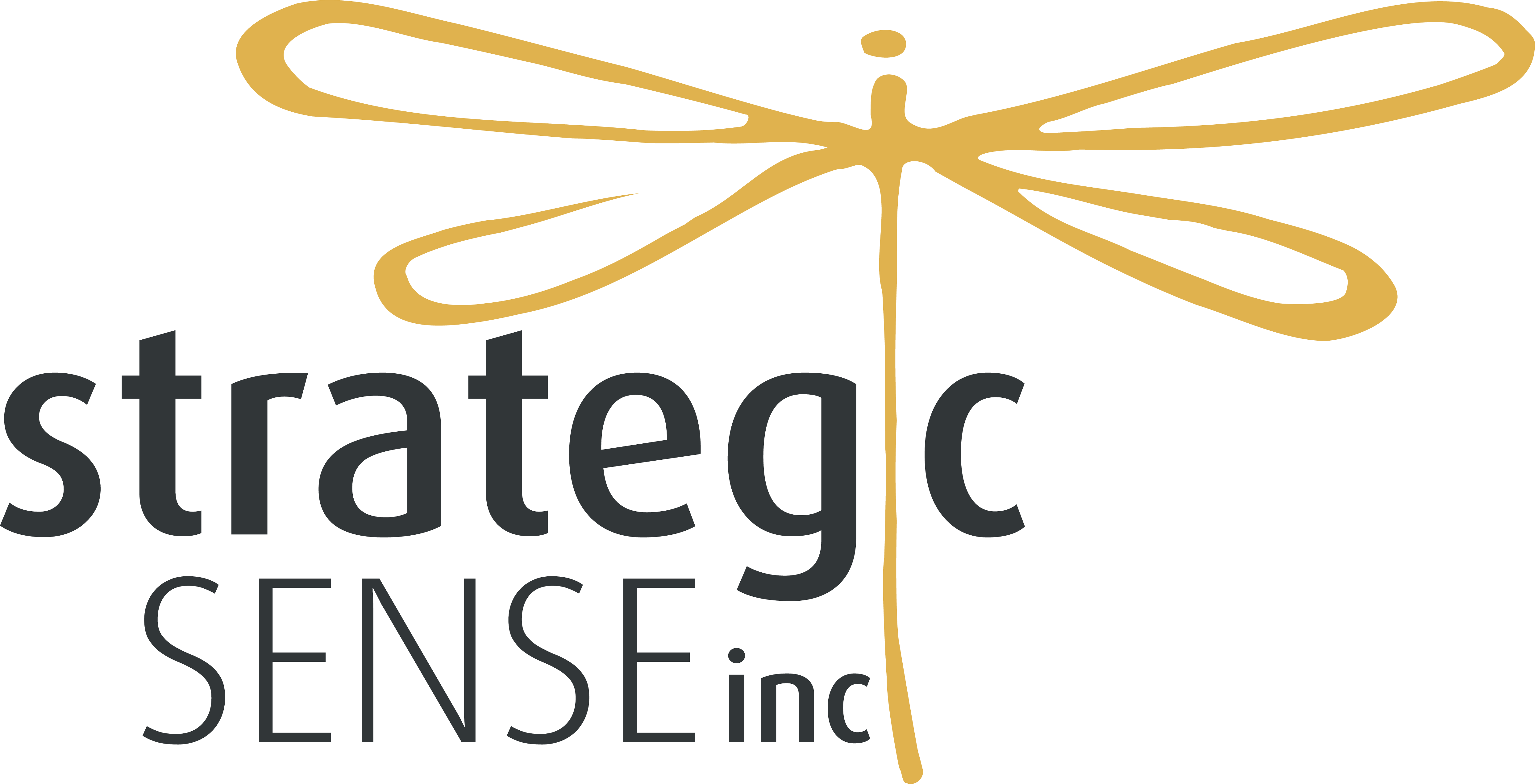
They did what??
Much has been said in magazines, articles, blogs, and on social media regarding Silicon Valley’s recent gender issues. With the resignation of Uber CEO Travis Kalanick, and the recent resignation of Silicon Valley investor Dave McClure from 500 Startups, we believe there are ways to stop your company from moving down the same path.
The two good-old-boys above resigned because of a media storm that occurred when they were ‘found out’ not because the behaviour was dealt with internally. Only after large public descriptions of their activities hit the media were their respective organizations compelled to take action. We are proud of the women who have taken a stand to highlight the issues, yet the internal workings of the companies continued to display long-held misogyny and hubris that went mostly unchecked regardless of the fact they knew it was happening.
We have some advice for organizations who are worried about ensuring more equanimity between the genders and who are trying to figure out how to salvage their own organization before they, too, become headline news. We’ll start with the title of this post, a saying we repeat in all of our transformation work.
What you tolerate, you propagate
This means that every time you let even one individual get away with illicit, illegal, immoral, harassing, bullying, or unethical behaviour, you are saying you “tolerate” that behaviour. If your organization tolerates it once, then it will tolerate it again, and in-action on these issues is what truly creates your culture. When it is tolerated by the senior leadership, well, you have just paved the road to a slow but sure demise.
If a company wishes to change its culture, it must first make a clear decision on what they are willing to tolerate, then be very transparent about the consequences for what they will NOT tolerate. Here are a few thoughts about transforming a culture and standing firm on gender issues, bullying, sexual harassment, poor conduct, or other ‘bad person’ issues that companies will face from time-to-time.
“We are….”
Decide who you are as an organization by creating your “we are…” statements, here are a few examples:
- We are an equal opportunity culture that champions equality and diversity.
- We are a culture of respect in the workplace and we believe in honest and transparent business conduct.
- We are a culture that champions merit and compensates hard work of all individuals.
“We Do Not Tolerate”
Identify the type of behaviour you wish to curb by being very transparent about what you will not tolerate, here are a few examples:
- Harassment in any form will not be tolerated. (Then give clear examples of what harassment looks like)
- We do not tolerate the undermining of individual merit based on race, color, ethnic, cultural, community or national origin, religion, sexual orientation/identity, family or marital status, gender, disability or age.
- We do not tolerate illicit, illegal, immoral, unethical business conduct. (Then give a few clear examples)
Consequences
It is important to have processes and guidelines in place for how your organization will apply consequences for the actions and behaviours you say you will NOT tolerate. The processes must be in line with your State or Provincial Labour Standards, and they must be followed fairly, no matter who the individual is who ‘crossed’ the line.
Once you are familiar and clearly understand the legal State or Provincial standards and how to meet them, then you must define the manner in which your organization will roll out those standards in addressing the actions you wish to change.
Caution
Employees WANT to trust the company they work for. If for any reason one or two people in the organization are let to get away with behaviour not tolerated of others, you will have created a significant trust issue. Employees want to know they have somewhere they can go and still be protected from retribution if they report wrong-doing. Sadly, many organizations tend to sweep poor conduct and behaviour under the rug rather than deal with it head-on. This puts the whole company at risk, and that company can wind up in the same situation as Uber or 500 Startups.
The Good News
There are many companies who follow good practices with regard to respect in the workplace. Activities that have been transforming for some of the ones we have worked with are below:
- They have mandatory training on their “Respect in the Workplace” program.
- They follow the same process and subsequent consequences for investigating complaints regardless of the title or status of the individuals involved.
- Managers are provided information to better understand what harassment, inequality, or disrespect look like.
- They put an investigator in charge who is neutral to the individuals involved, some use an outside service.
- They provide employees with an anonymous “whistle-blower” process or tool that protects complainants.
- They are clear and transparent throughout the organization on what are and are not tolerated behaviours and actions.
Great companies can and do exist, with some of the tips above, we simply need to follow their lead and begin shaping the culture we really want, not the one that has simply evolved because we were too uncomfortable to deal with the issues.
[PostFooterPB]
